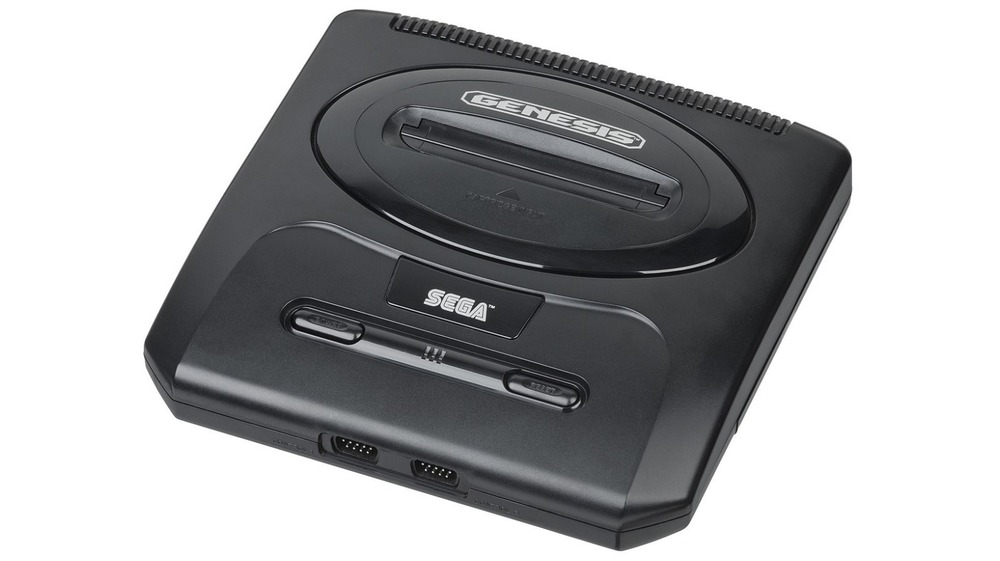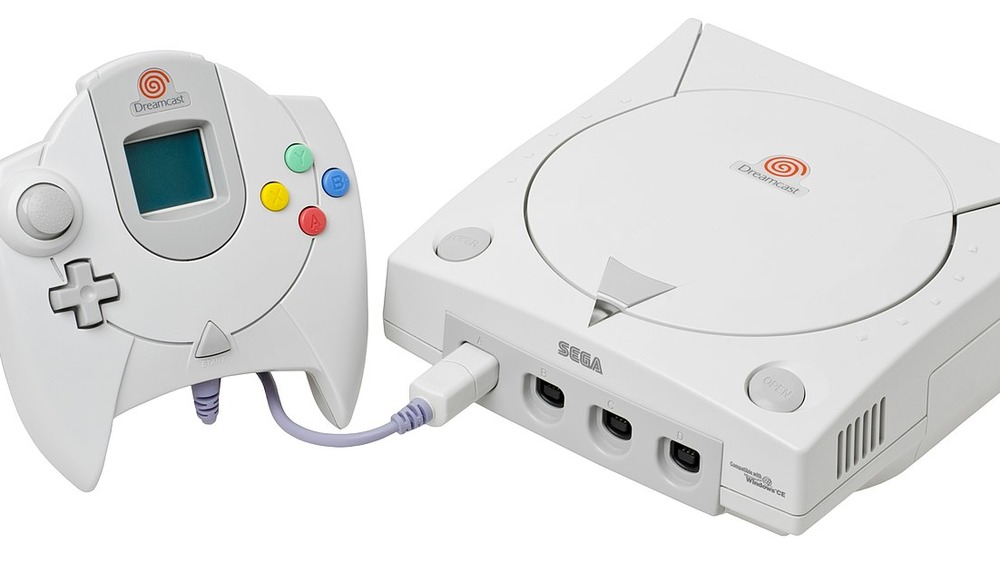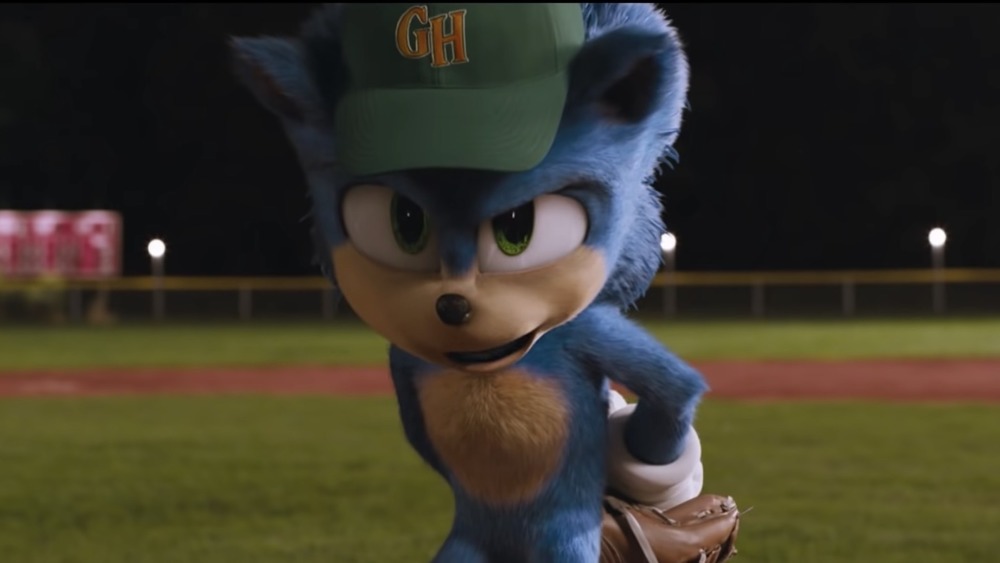Why Sega Was Never The Same After The Genesis
Although today, Sega is a shadow of its former self, the multinational corporation has a long history in the video game business that peaked with the Sega Genesis' success in the late '80s and '90s. After that, it was never the same.
Sega began in 1940 as a Hawaiian company called Standard Games providing coin-operated entertainment to military bases but became Service Games of Japan after a move in 1952. In the 1960s, it merged with Rosen Enterprises and created Sega Enterprises, with its first arcade game, Periscope, arriving around 1966. The Sega Genesis, released in the U.S. in 1989, represented the company at its best. Originally named the Mega Drive in Japan, it was rebranded for a U.S. market that played Nintendo, not video games.
"The Sega Genesis didn't just make games cool, it changed how consoles were marketed, and widened the scope of console game development beyond Japanese powerhouses such as Nintendo, Capcom, Konami and Taito," said a 2019 retrospective in The Guardian. Once the Genesis was over, though, Sega foundered — eventually giving up the console business after the failure of the Sega Dreamcast. But what led to the fall of Sega?
Sega, a software company, took on too much with its hardware business
After the Genesis, Sega had four console failures in a row — Sega CD, Sega 32x, Sega Saturn, and Sega Dreamcast – and their problems can be attributed to bad decision-making. Basically, poor marketing, a too-high price, and the upcoming Sega Saturn did the add-on Sega CD in. The Sega 32X suffered from a lack of games and bad timing. Then, the Sega Saturn came out, with a botched launch that allowed Sony's PlayStation a lead that it never relinquished.
Perhaps the failures were inevitable. Sega was always first and foremost a software company, after all. Hardware wasn't, as consultant Richard Doherty put it in The New York Times, "Sega's profit center."
Blake Harris, author of Console Wars: Sega, Nintendo, and the Battle that Defined a Generation, said in an interview with Ars Technica that fielding multiple consoles at one time was hard on Sega. "There's no amount of marketing savvy that can make up for the fact that there's going to be weak links among that and it's just a lot of balls to juggle that you don't need to be juggling," he said.
Sega failed to see the big picture — or create one of its own
Critics agree that Sega's actions didn't communicate a clear, company-wide vision about its hardware, and this contributed to the company's failures. Corporate disjunction between Sega's American, European and Japanese divisions didn't help ease the differences.
Scot Bayless, who served as a senior producer at Sega of America back in the day, told Eurogamer that the company had been too focused on what its competitors were doing — and in some cases, the wrong ones. For example, the 32X was released in November 1994 as a competitor not to Nintendo's Super Nintendo Entertainment System (SNES), but to the Atari Jaguar.
"I think the decision to respond to Jaguar was symptomatic of that pervasive lack of direction that lay below the surface at Sega. Without a clear vision, we were just reacting," Bayless said. "Strategically, we always seemed to be focusing on what the other guy was doing instead of inventing the future as we saw it."



